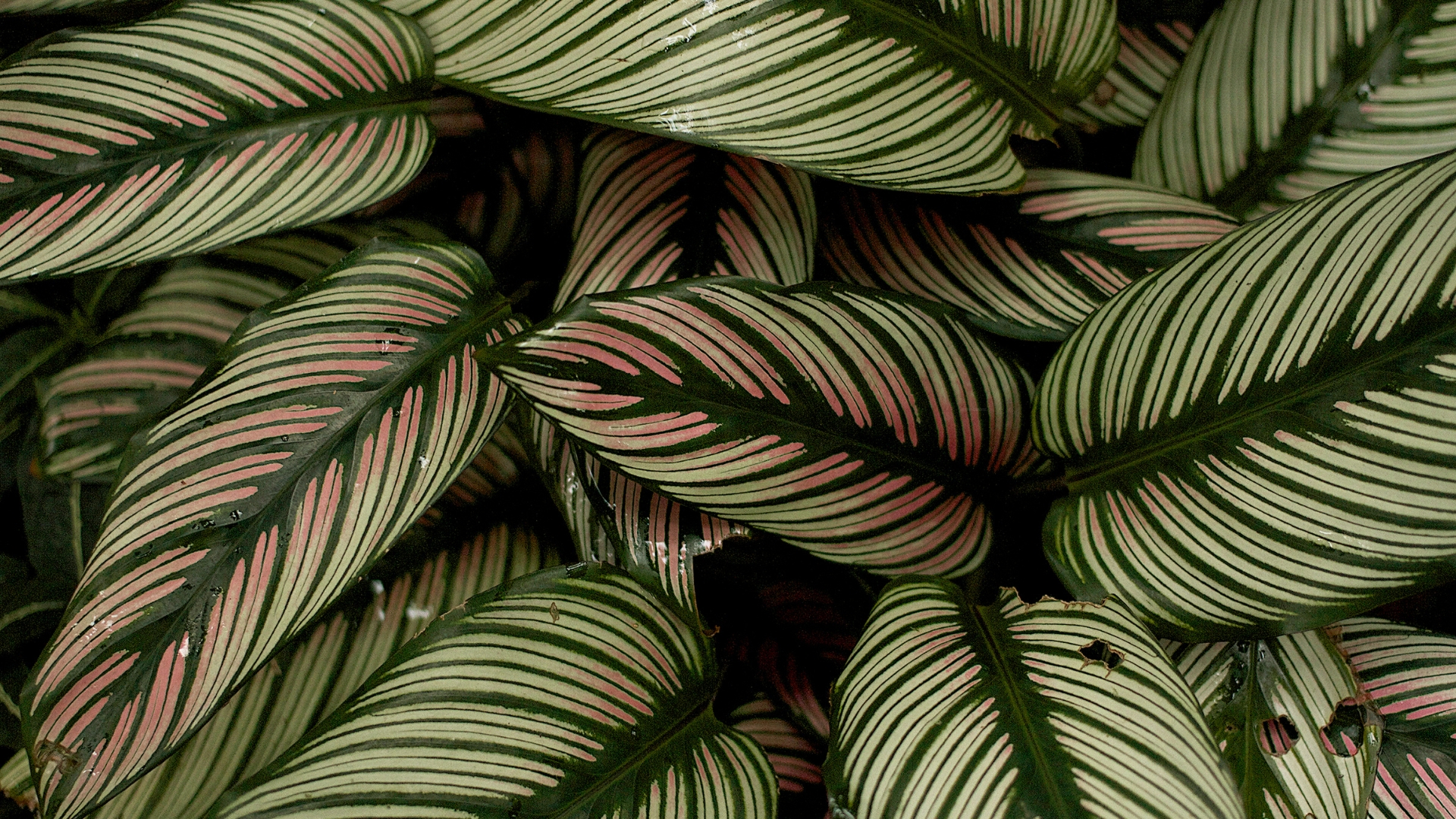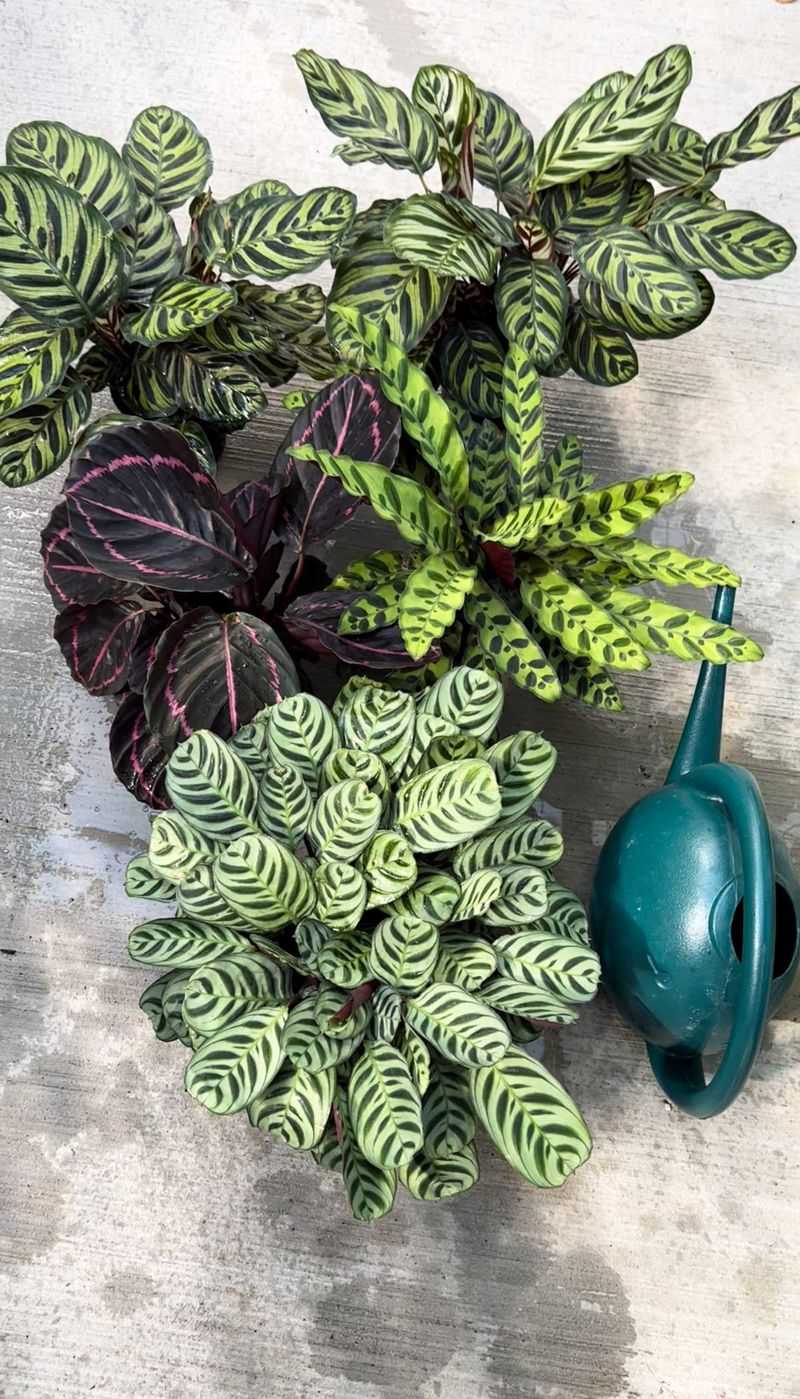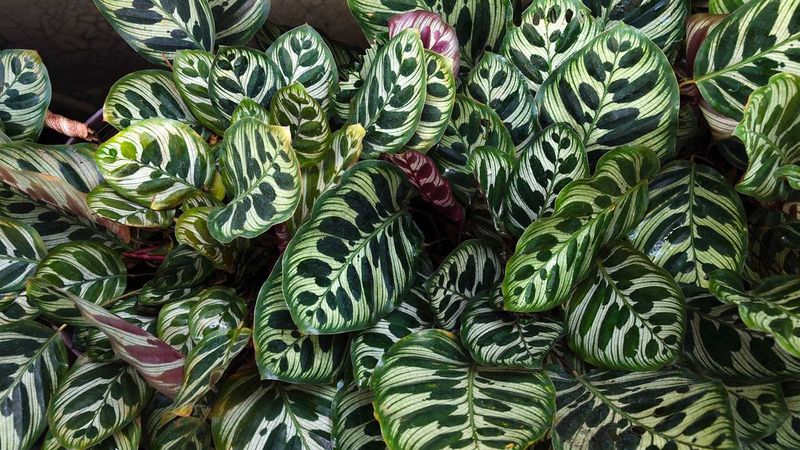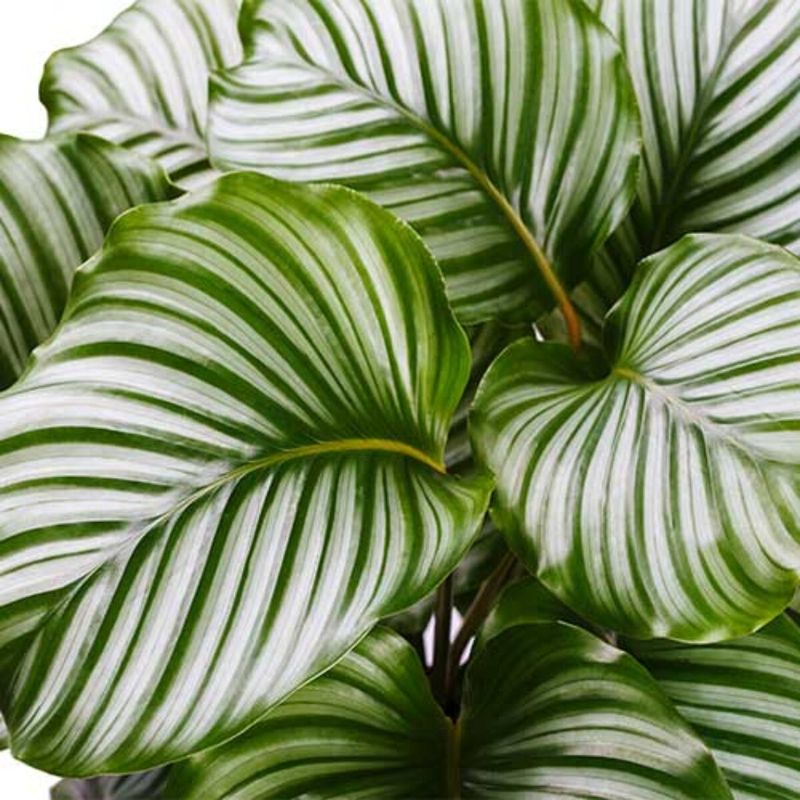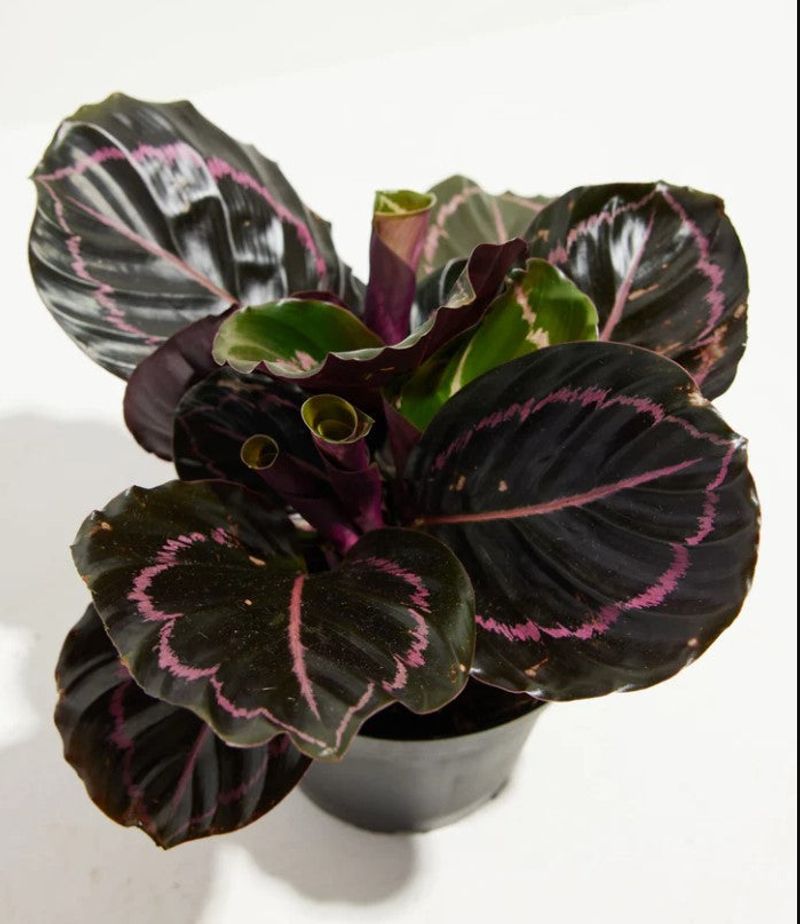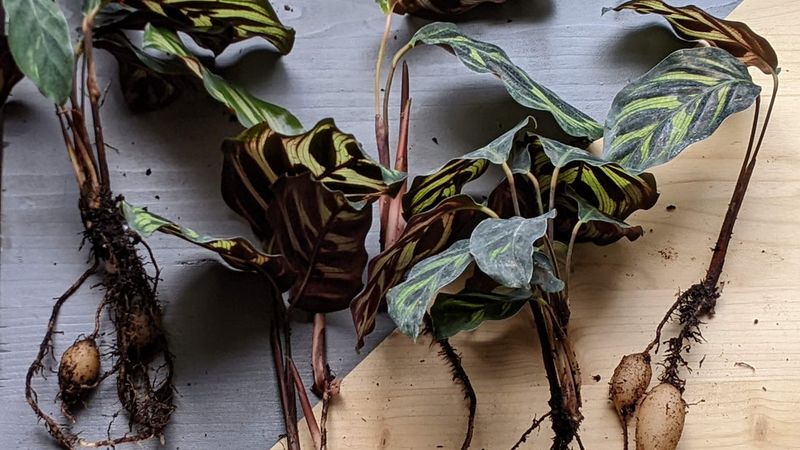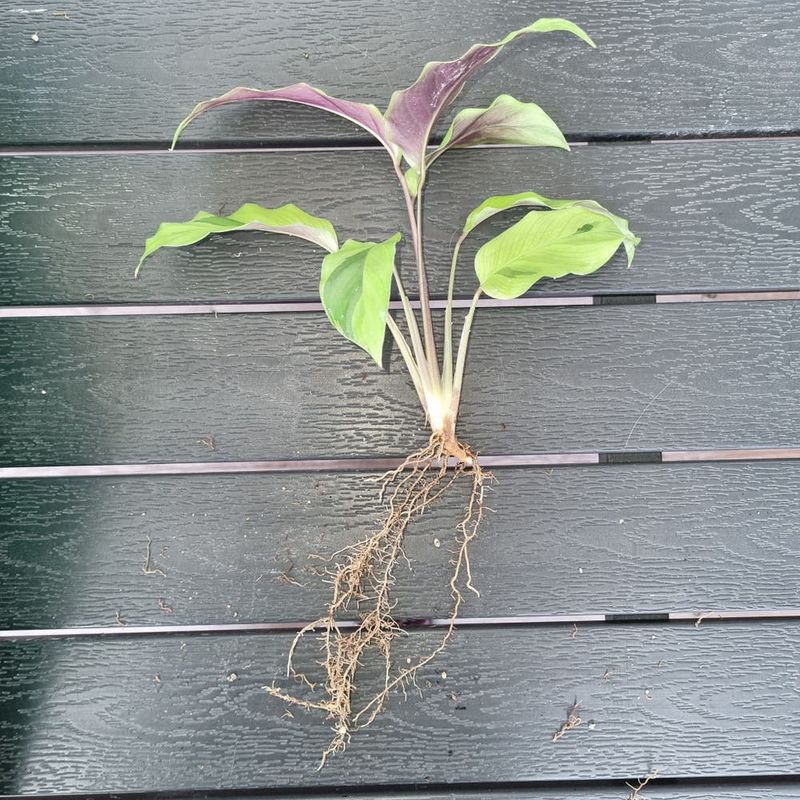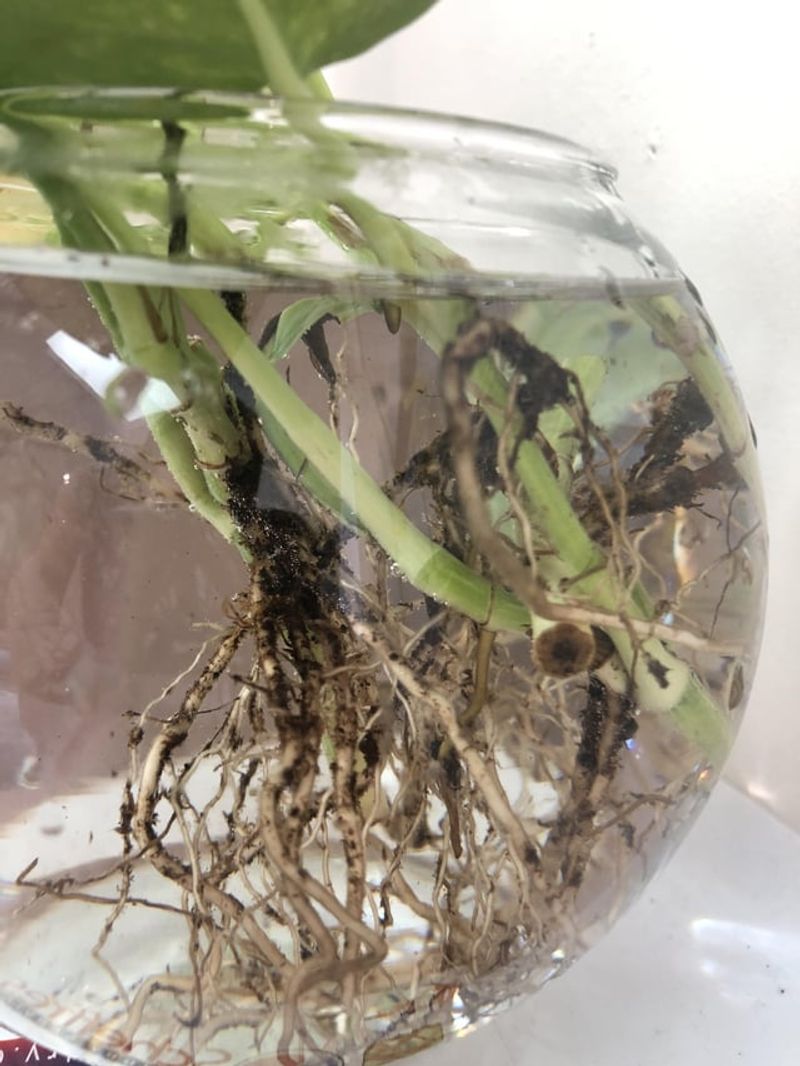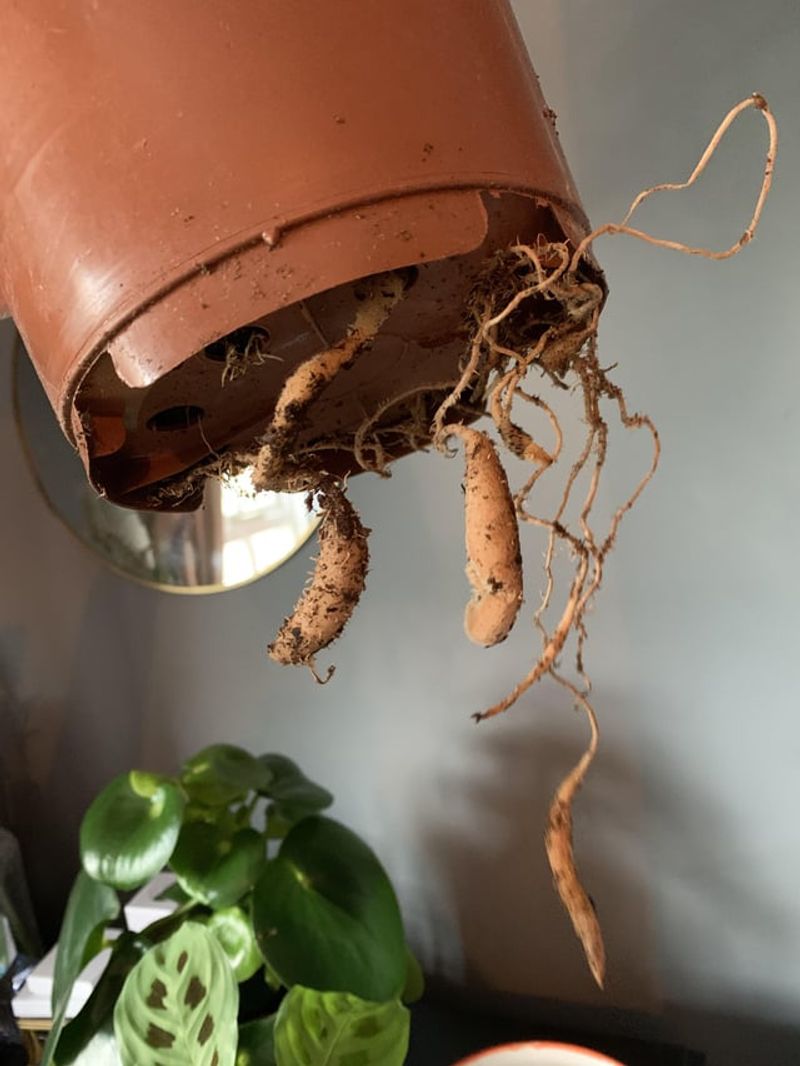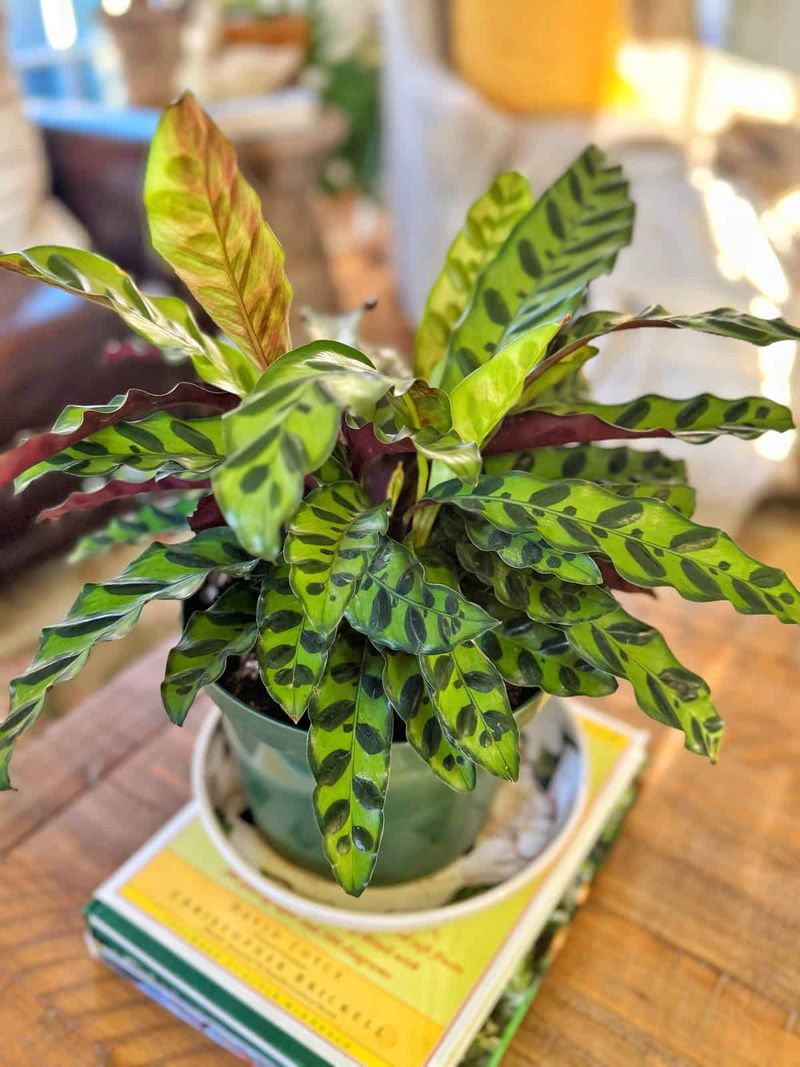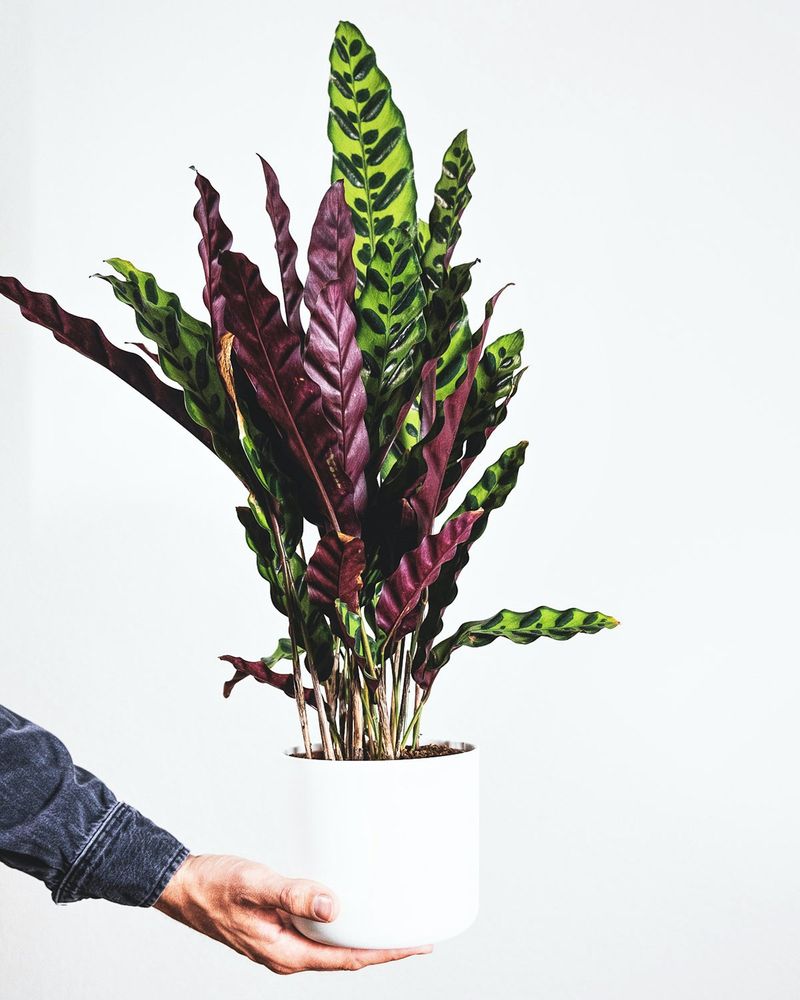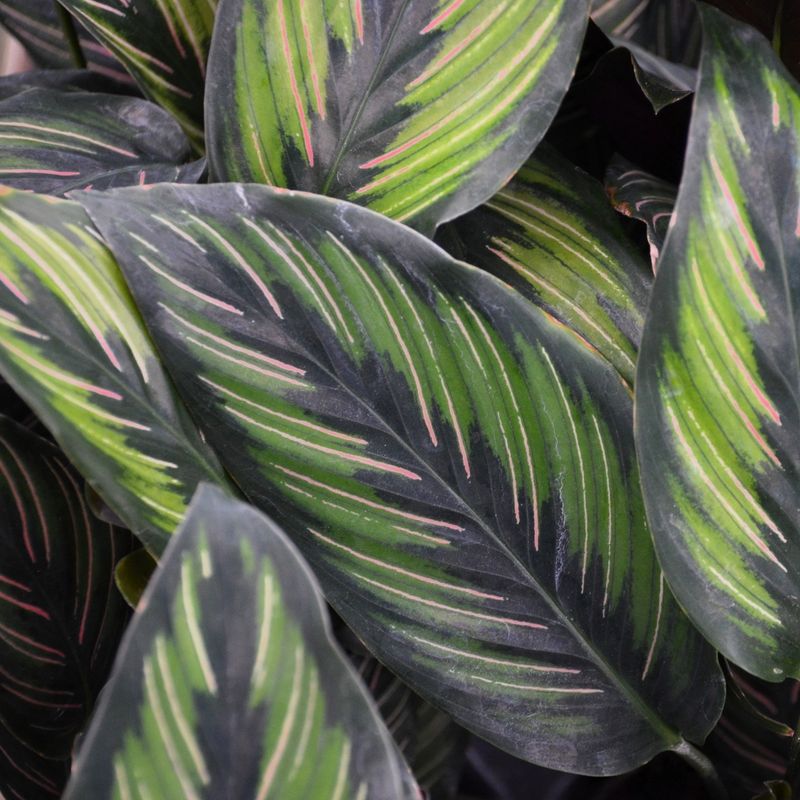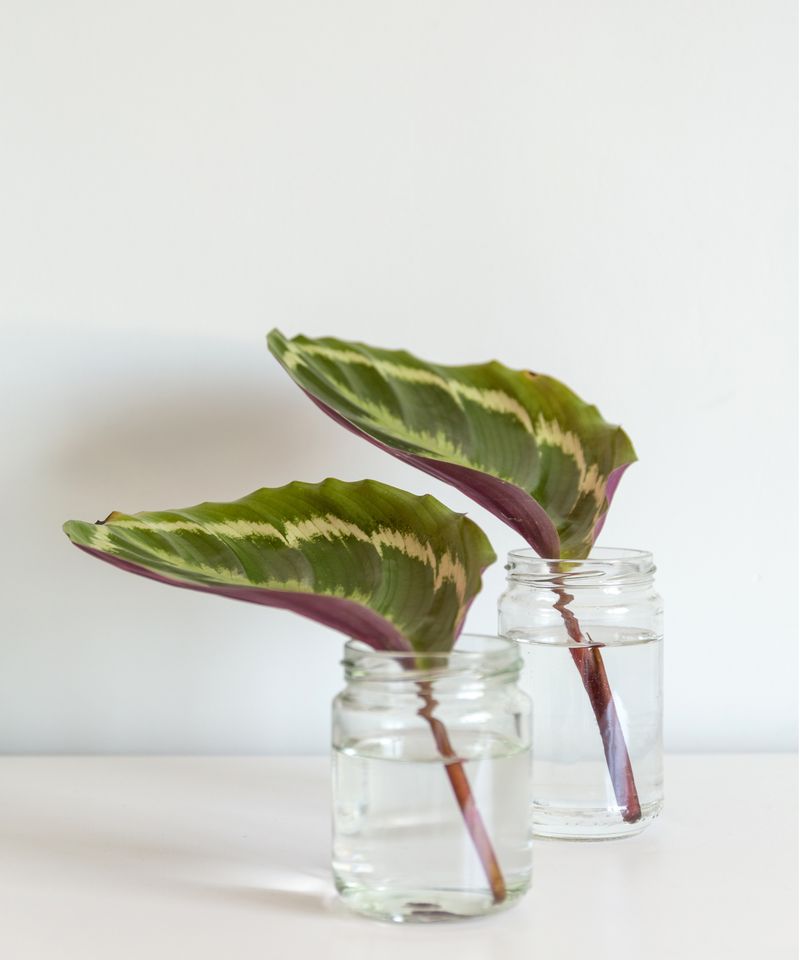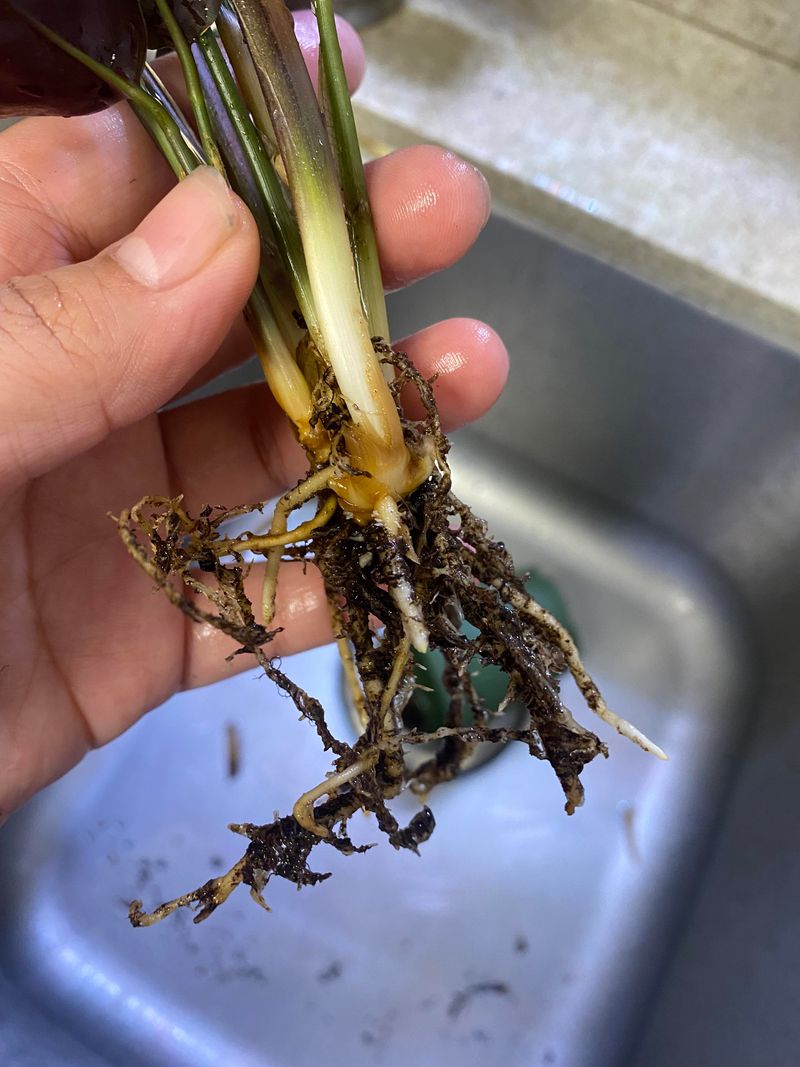Calatheas are popular houseplants known for their stunning foliage and vibrant colors. Growing them in water is a unique approach that can enhance their beauty and simplify their care. This method is perfect for those who love indoor gardening but want to avoid the mess of soil. Here are some fascinating facts to help you succeed in growing Calatheas in water.
1. Calatheas Can Adapt to Hydroponic Growth
Calatheas have a knack for adapting to hydroponic environments. Their roots naturally adjust to growing in water, allowing them to thrive without soil.
This adaptability makes them a great choice for water-based gardening enthusiasts. It’s important to ensure proper lighting and nutrient supply to keep them healthy.
2. Use Filtered or Distilled Water
Using filtered or distilled water is crucial for growing Calatheas in water. Tap water can contain chemicals that harm these sensitive plants.
Filtered or distilled water ensures a cleaner environment, free from chlorine and other impurities, promoting healthier growth. Regular water changes also play a vital role.
3. Avoid Chlorinated Tap Water
Chlorine in tap water can damage Calatheas when grown in water. Its chemical properties are harsh on the delicate roots.
To avoid this, always use water that is free from chlorine, such as filtered or distilled water. This simple change can drastically improve the plant’s health and appearance.
4. Change Water Every 1-2 Weeks
Timely water changes are essential for Calathea care. By replacing the water every 1-2 weeks, you prevent the build-up of harmful bacteria and ensure a fresh environment. Fresh water supplies necessary oxygen and nutrients, helping the plant flourish. This routine task is key to maintaining vibrant, healthy foliage.
5. Provide Bright, Indirect Light
Calatheas love bright yet indirect light. Direct sunlight can scorch their delicate leaves, while too little light hinders growth. Position them near a window with filtered light for optimal health.
This balance ensures their colors remain vibrant, and the leaves grow lush without damage.
6. Roots Must Stay Submerged
For successful water growth, the roots of Calathea must remain submerged. This ensures they absorb the nutrients and moisture needed. If roots become exposed, they may dry out, leading to poor health. Always check that the root system is fully underwater to promote robust growth and vitality.
7. Leaves Should Stay Above Waterline
Keeping the leaves above the waterline is crucial for preventing rot. If leaves are submerged, they can decay, harming the plant.
This positioning helps maintain the plant’s overall health and appearance. It’s a simple adjustment that makes a significant difference in water-based Calathea care.
8. Use a Clear Vessel to Monitor Roots
A clear vessel allows easy observation of the Calathea’s root health. You can quickly spot any signs of rot or nutrient deficiency.
This visibility helps you take prompt action if issues arise, ensuring your plant stays healthy. It’s a practical and stylish choice for displaying your plant.
9. Rinse Roots Before Transferring to Water
Before placing Calatheas in water, rinsing the roots is vital. It removes soil debris and possible pests. This step ensures a clean start in the water environment, promoting healthier root growth.
A thorough rinse sets the stage for a successful transition to hydroponic living.
10. Trim Dead or Rotting Roots Regularly
Regular root trimming keeps Calatheas healthy in water. Removing dead or rotting roots prevents disease and encourages new growth.
This practice promotes a strong root system, essential for absorbing nutrients and water effectively. It’s a simple maintenance task that supports the plant’s overall vitality.
11. Add Liquid Fertilizer Sparingly
While Calatheas in water benefit from liquid fertilizer, it’s crucial to use it sparingly. Over-fertilization can harm the plant, causing nutrient burn.
Apply a diluted solution occasionally to support growth without overwhelming the plant. Balanced nutrition leads to vibrant leaves and robust development.
12. Maintain Consistent Water Levels
Keeping water levels consistent is key for Calatheas in water. Fluctuating levels can stress the plant and disrupt nutrient uptake.
Aim for a stable environment where the roots are always submerged but not drowned. This balance helps maintain healthy, thriving plants with minimal stress.
13. Keep Away From Direct Sunlight
Direct sunlight can be too harsh for Calatheas, causing leaf burn and stress. It’s best to place them where they receive indirect or filtered light.
This protective measure helps preserve their vibrant leaf patterns and prevent damage. Ensuring proper lighting conditions is crucial for their well-being.
14. Maintain Room Temperature Water
Calatheas thrive best in room temperature water. Extreme temperatures can shock the plant, affecting growth. Keeping the water at a moderate temperature ensures a stable environment. This consistency supports healthy development and helps the plant adjust better to its water-based home.
15. Prevent Algae Growth in Containers
Algae can grow quickly in water containers, competing for nutrients and light. To prevent this, clean the container regularly and ensure it’s not in direct sunlight.
This keeps the environment fresh and promotes healthy growth. A little care goes a long way in maintaining a beautiful, algae-free display.
16. Monitor for Root Rot Signs
Regularly checking for root rot is essential for Calatheas in water. Look for signs like discoloration or mushy texture. Catching these early helps you take corrective action, such as trimming affected roots.
This vigilance keeps the plant healthy and prolongs its life in a water-based setting.

